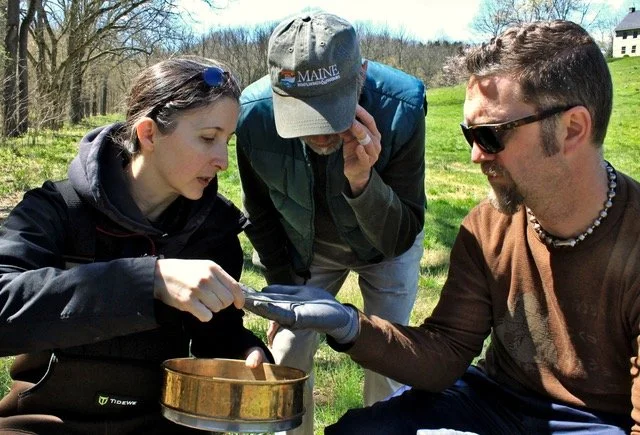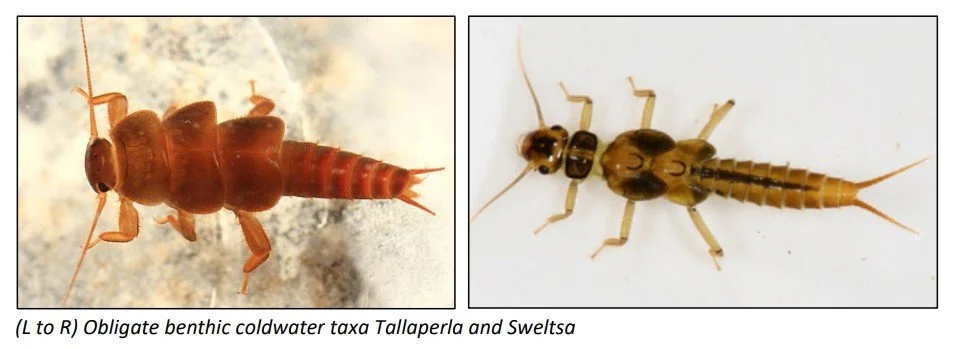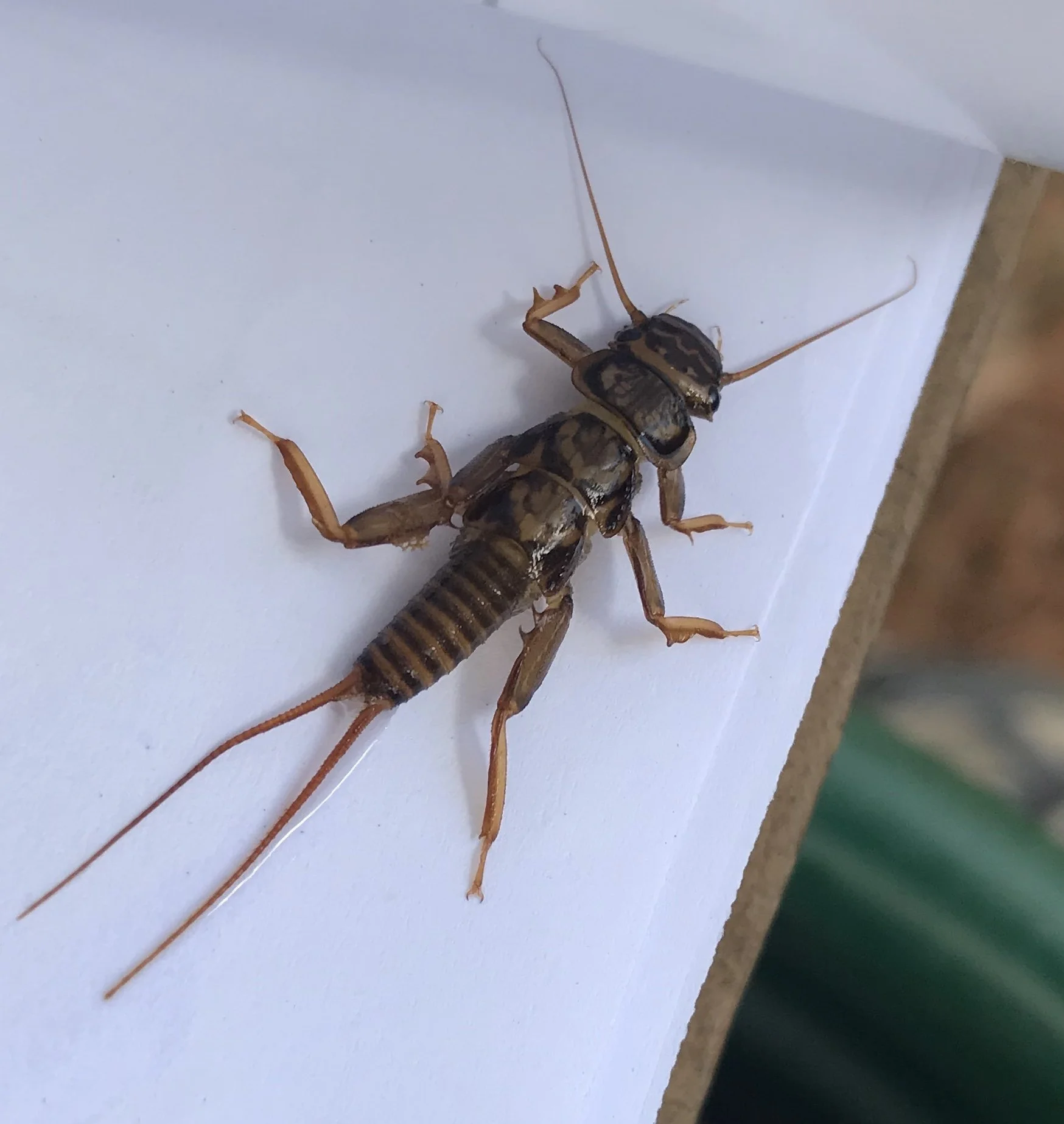"What's In the Creek?"
This blog post provided by Zander Hine, ACWA Student Board Member
As we transition out of the winter season, the Antietam Creek begins to come alive with insects that thrive in the cool waters. Many of these creatures not only signal the arrival of spring, but also serve as key indicators of water quality. As part of our mission at ACWA, we aim to inform the public about the importance of these beneficial creatures in our local ecosystem.
One of the first signs of spring along the creek is the hatching of mayflies. These insects spend most of their lives in the nymph stage, living in the water, only emerging as adults to reproduce. Since mayflies are highly sensitive to pollution, their presence signals a healthy, well-oxygenated stream. Stonefly nymphs are another species that can be found in the Antietam Creek’s waters. These insects require high levels of dissolved oxygen and are often found clinging to rocks in fast-moving sections of the creek. Of particular importance are Tallaperla and Sweltsa, two genera of stoneflies that serve as top-tier indicators of excellent water quality. Their presence is a promising sign that the creek remains unpolluted and ecologically balanced. Finding either of these stoneflies is a treat for ACWA's community scientists. Another springtime insect found in the Antietam is the Caddisfly larvae, known for their unique ability to build protective cases from sand, twigs, and leaves. Like mayflies and stoneflies, they prefer pristine waters, making them an essential biological indicator of the creek’s health.
Trained ACWA Community Science volunteers sample aquatic insects (AKA benthic macroinvertebrates) during a spring survey.
Image credit: Identifying Coldwater Resources by MD DNR (https://dnr.maryland.gov/fisheries/Documents/Identifying_Coldwater_Resources.pdf)
The Antietam-Conococheague Watershed Alliance plays a crucial role in monitoring these insects through benthic macroinvertebrate sampling. By studying populations of mayflies and stoneflies ACWA assesses the health of the Antietam Creek and works to protect its waters for future generations. These efforts ensure that the creek remains a thriving habitat, supporting both aquatic life and the communities that cherish it.
Learn more about ACWA’s Community Science Program and how you can volunteer.
Stonefly larvae found in Antietam Creek watershed



